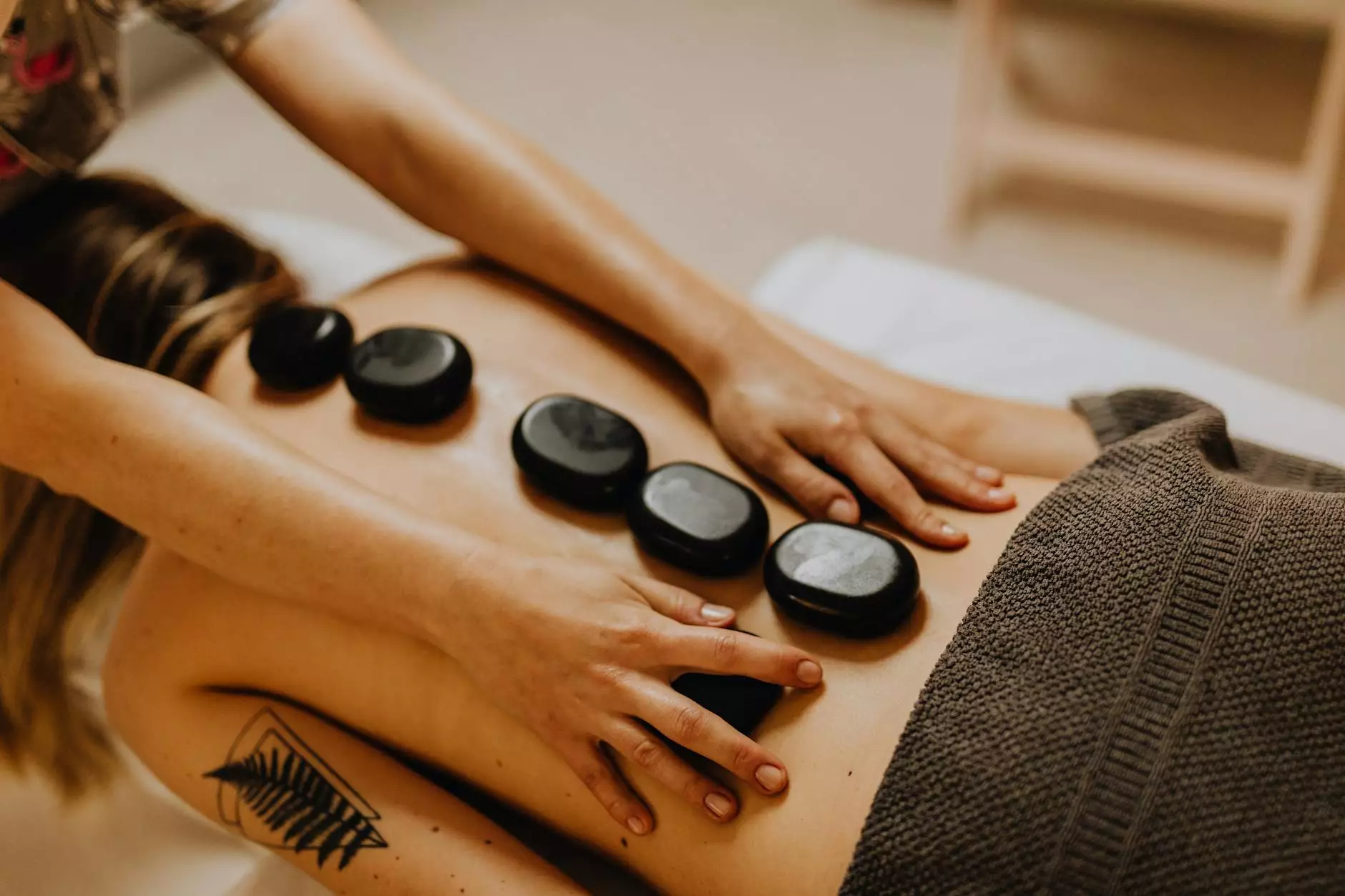Muscle Knots and Treatment

Introduction
Welcome to A+ Healthcare's comprehensive guide on muscle knots. In this article, we will explore what muscle knots are, their causes, common symptoms, and effective treatments. Whether you're an athlete, office worker, or someone experiencing muscle discomfort, this information will help you understand and address this common issue.
What are Muscle Knots?
Muscle knots, also known as myofascial trigger points, are tight and sensitive spots within a muscle that can cause pain and discomfort. These knots are formed when muscle fibers contract and fail to release, resulting in the formation of tight and palpable areas in the muscle tissue.
Causes of Muscle Knots
There are several factors that contribute to the formation of muscle knots:
- Overuse or repetitive strain on specific muscles
- Poor posture and sedentary lifestyle
- Injuries or trauma to the muscles
- Stress and tension
- Inadequate stretching and warm-up before physical activity
- Dehydration and lack of proper nutrition
Symptoms of Muscle Knots
The presence of muscle knots can lead to various symptoms, including:
- Localized pain and tenderness
- Stiffness and reduced range of motion
- Muscle weakness and fatigue
- Referral pain in other parts of the body
Diagnosis and Assessment
If you suspect the presence of muscle knots, it is advisable to consult a healthcare professional who specializes in musculoskeletal issues. They will conduct a thorough examination, which may include:
- An assessment of your symptoms and medical history
- Palpation and evaluation of the affected muscle areas
- Range of motion and muscle strength tests
Treatment Options for Muscle Knots
Effective treatment strategies for muscle knots include:
Manual Therapy Techniques
Skilled therapists use various hands-on techniques to release the muscle knots:
- Deep tissue massage: Applying targeted pressure to the affected areas to relieve tension and improve blood flow.
- Trigger point therapy: Focusing on specific trigger points to release tension and induce relaxation.
- Myofascial release: Stretching and applying sustained pressure to the connective tissue to release muscle knots.
Stretching and Strengthening Exercises
Regular stretching and strengthening exercises can play a crucial role in preventing and managing muscle knots:
- Gentle stretches: Engaging in gentle stretching exercises can help alleviate muscle tightness and improve flexibility.
- Strengthening exercises: Building strength in the affected muscles can provide support and prevent the recurrence of muscle knots.
- Postural exercises: Correcting posture imbalances can reduce strain on specific muscles, minimizing the formation of knots.
Heat and Cold Therapy
Applying heat or cold to the affected area can help alleviate pain and reduce muscle tension:
- Heat therapy: Applying a warm compress or taking a warm bath can promote muscle relaxation and increase blood circulation.
- Cold therapy: Using ice packs or cold compresses can reduce inflammation and numb the area, providing pain relief.
Hydration and Nutrition
Maintaining proper hydration levels and consuming a balanced diet can support muscle health and prevent the formation of muscle knots. Ensure you stay adequately hydrated and include nutrient-rich foods in your diet.
Stress Management Techniques
Stress and tension can contribute to the development of muscle knots. Practicing stress management techniques such as meditation, deep breathing exercises, and engaging in activities that help you relax can reduce the occurrence of muscle knots.
Conclusion
Muscle knots can be a source of pain and discomfort, impacting your daily life and overall well-being. However, by understanding the causes, symptoms, and effective treatments, you can take steps to address and prevent muscle knots. A+ Healthcare is dedicated to providing comprehensive information on various health topics, including muscle knots, to help individuals lead healthier and pain-free lives.










